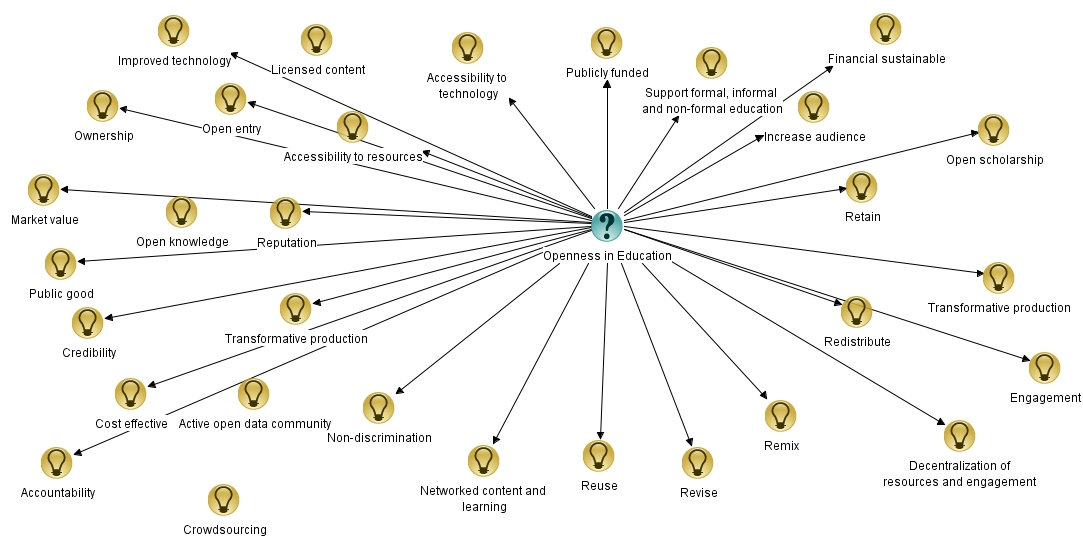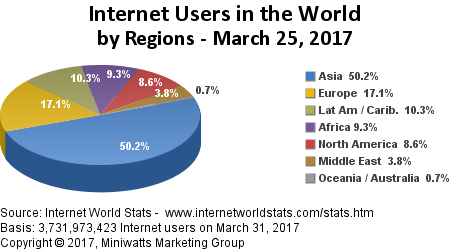I read the OER Evidence Report 2013-2014 and found out the three key issues in OER
Issue No. 1: Re-use and Adaptation in ODL
Rationale: Open Educational Resources provide opportunities to the ODL learning designers and the practitioners to adapt the resources to their own context, and create something new. This could help to reuse the relevant materials and showcase the adapted version to others. However, most of the time, resources are used as it is. It hampers the creativity and breaks the continuous cycle of new resource development. Further, not all the people across the globe are trained enough in technical capacities to develop contextual digital resources such as Pakistan. Lack of accessibility to technologies also affect the re-use of resources. According to Abeywardena (2012), “the uptake of the wider adoption of OER in teaching and learning is slow from the perspective of an ODL institution due to the lack of understanding of how to implement the use and re-use of OER across the various interconnected departments” (p.51)
Way to Address
The model presented by Abeywardena (2012) is well justified. It is divided into four distinct stages (i) capacity building; (ii) creation of an institutional repository; (iii) quality assurance; and (iv) recognition and rewards such as cost-effective.
Issue No. 2: Unavailability of OER in the local language
Rationale: OER is not the part of most of the countries national and formal academic institutional policy. Further, the resources available are only published in few international languages. This certainly restricts many learners to get access to diverse resources in their local language. One of the recent reports highlighted lack of cultural relevance as one of the barriers to personal use and adaptation of OER. According to the report (COL, 2017), “Most government respondents indicated that no efforts were made to translate resources into local languages. Nevertheless, several respondents did provide examples of initiatives to translate OER. Both economic and social barriers exist in translating OER into local languages. Not only are translations seen as being expensive and time-consuming, but sentiments expressed by respondents indicating that there are linguistic biases involved, particularly a propensity to use English” (p.7).
Way to Address
National and International funding to translate resources on institutional or countrywide bases. Creation of national, regional and international linkages of freelance translators could be of help.
Issue No. 3: Limited use of OER repositories
Rationale: Most of the learners prefer accessing only those OER, which are famous such as TED, YouTube, Khan Academy, MIT, etc. There are many quality repositories available, but not all the learners and practitioners are aware how to locate these. I would like to share my personal students’ example. Whenever, we assign any writing task to the students, more of the time they extract materials from Wikipedia because they lack knowledge about OER repositories. Moreover, most of the faculty members do not have awareness about OER and only prefer using limited books available in the physical library. A recent survey conducted by Babson Survey Research Group revealed that most of the higher education faculty members lack awareness about OER (Matt, 2017). Another study found the same among the university students (Hurt, 2013).
Way to Address
The best possible way for the OER repositories is to promote their work through different social media platform. Teachers can also play a significant role by providing a list of relevant repositories to the students. They can even assign a task to collaborate and prepare a list of repositories by each group. This will certainly help to collect pools of repositories.
Other important issues include quality resources, plagiarism, copyright
Reference
de los Arcos, B., Farrow, R., Perryman, L., Pitt, R. and Weller, M. (2014). OER Evidence Report 2013-2014.. [online] OER Research Hub. Available at: https://oerresearchhub.files.wordpress.com/2014/11/oerrh-evidence-report-2014.pdf [Accessed 30 Mar. 2018].
Abeywardena, I. (2012). The Re-use and Adaptation of Open Educational Resources (OER). An Exploration of Technologies Available. [online] The Commonwealth of Learning. Available at: http://citeseerx.ist.psu.edu/viewdoc/download?doi=10.1.1.473.2207&rep=rep1&type=pdf [Accessed 30 Mar. 2018].
Matt, S. (2017). Lack Of Awareness Is The Biggest Obstacle For Open Educational Resources [blog]. University of the People. Available at: https://www.uopeople.edu/simonebiles/blog/lack-awareness-biggest-obstacle-open-educational-resources/ [Accessed 30 Mar. 2018].
Hurt, L. (2013). De Montfort University Student Perceptions and Understanding of Open Education Resources. Masters. De Montfort University. COL (2017). OPEN EDUCATIONAL RESOURCES: Global Report 2017. [online] Common Wealth of Learning. Available at: http://oasis.col.org/bitstream/handle/11599/2788/2017_COL_OER-Global-Report.pdf?sequence=1&isAllowed=y [Accessed 30 Mar. 2018].

